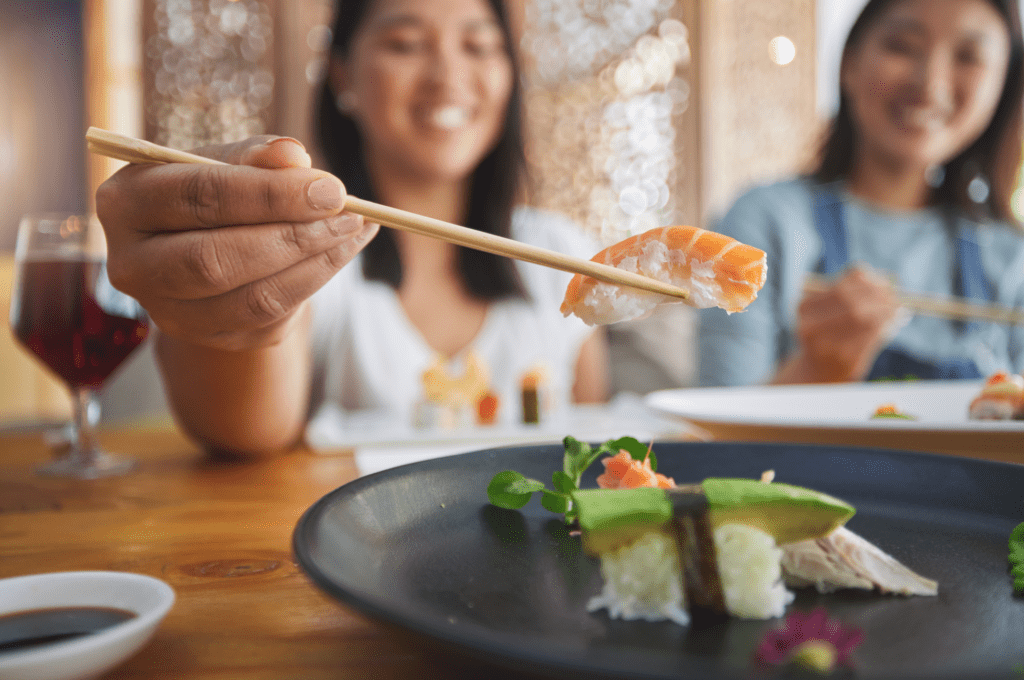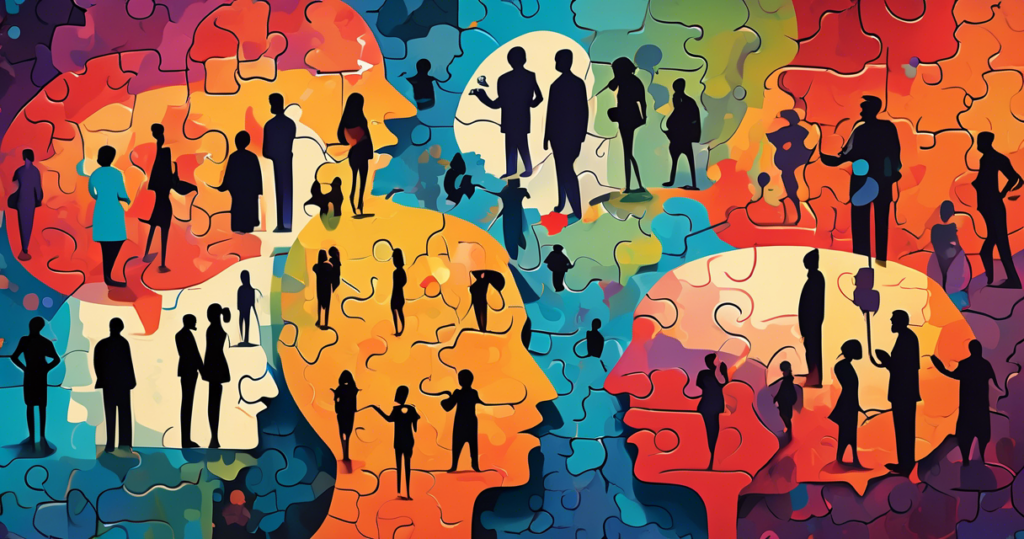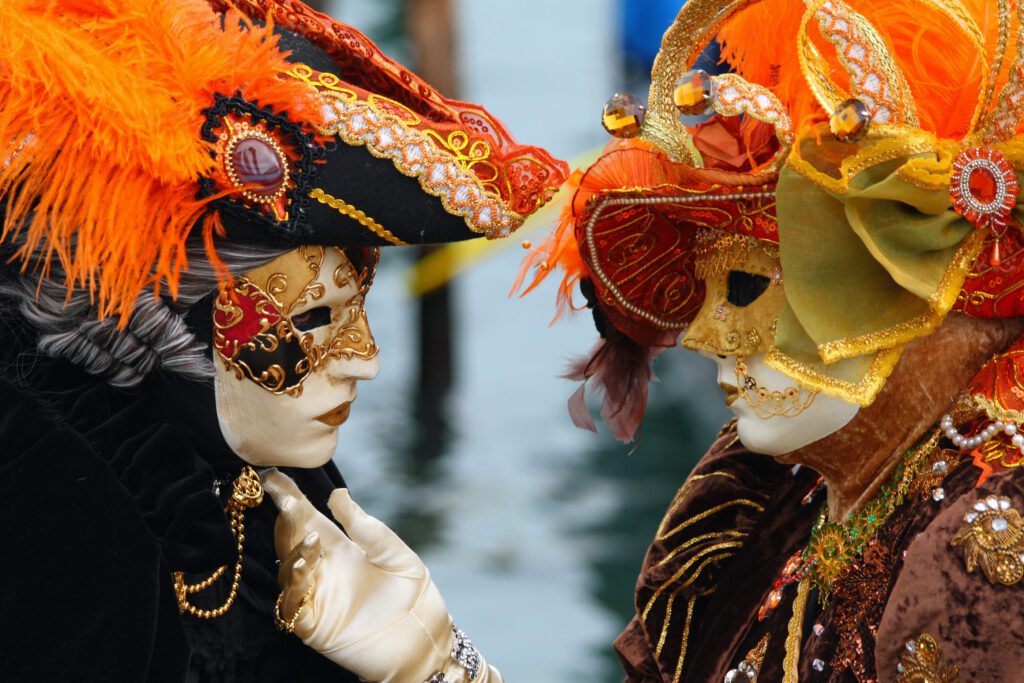
In our interconnected world, the impact of cultural diffusion is undeniable. As people travel, migrate, and share their thoughts, they bring their traditions and customs with them, creating a beautiful mosaic of diversity. Have you ever collaborated with people from different countries, traveled abroad, or participated in cultural festivals? If so, you’ve experienced the joy of cultural diffusion firsthand. This article delves into the beneficial impacts of cultural diffusion and highlights its vibrant contributions to societies worldwide (Estimated reading time 11-12 minutes).
“We may have different religions, different languages, different colored skin, but we all belong to one human race.”
– Kofi Annan
In a world that is becoming increasingly connected, there is a natural exchange of ideas between cultures and nations. With the advent of the internet and swift transportation that can take us to all corners of the globe, we can access experiences very different from our own.
As more people travel, migrate, and exchange ideas, traditions, and customs, a beautiful mosaic of diversity develops. This rich tapestry, woven through the process of osmosis, is a testament to the beauty of human culture and the power of exchange.
Growing up in a diverse nation like the UAE, this multicultural environment has always been a part of my life. Expatriates account for about 88% of the population, each contributing their own distinct cultural traditions and heritage while honoring the local Emirati customs and national identity.
One area where this cultural blend is particularly evident is through food. Locals enjoy a wide range of cuisines. Lebanese hummus and chicken shawarma, American burgers, Chinese stir-fry, and Indian curry have all gained popularity and have become staples in the diets of those who enjoy them.
On the global stage, one of the most universally loved examples of successful cultural diffusion is the global adoration of sushi. This traditional Japanese dish has transcended its cultural origins. Originally conceived as a method of preserving fish through fermentation with rice, sushi has evolved into a diverse culinary delight enjoyed across continents.
This evolution showcases the remarkable adaptability of cultural practices. It demonstrates how they can survive and thrive in different environments, with local adaptations like California rolls and sushi burritos appealing to regional preferences.
Another compelling example is the impact of African rhythms and musical styles on modern music genres, particularly jazz, blues, and hip-hop. The African diaspora has played a pivotal role in revolutionizing the landscape of music, with artists integrating elements from traditional African instruments and vocal styles.
This fusion of cultures has birthed hybrid genres that pay homage to African roots while also amplifying the voices of marginalized communities in the Americas. These musical forms serve as a dynamic platform for storytelling and social critique, showcasing the profound impact of cultural exchange and the transformative power of collaboration.
By exploring cultural diffusion, we gain deeper insights into the intricacies of human interaction and the vibrant array of traditions that define our world. It plays a significant role in shaping our global community, influencing everything from daily life to international relations.
What is cultural diffusion?

Cultural diffusion is the process through which societies share and adopt various cultural elements from each other, including beliefs, practices, technologies, and customs. This exchange can happen in several ways, like migration, trade, conquest, and communication.
When individuals interact across different boundaries—whether geographical, political, or social—they play a crucial role in exchanging ideas and practices, leading to the blending and evolution of cultures. To grasp cultural diffusion, it’s important to understand the dynamics of how and why cultures influence each other and how these interactions, driven by people, shape societies over time.
Cultural diffusion takes place both directly and indirectly. Direct diffusion occurs when people or groups meet and exchange cultural practices, like when immigrants introduce their customs in a new land. Indirect diffusion happens through channels like trade networks or media, enabling culture to spread without face-to-face interaction.
Cultural diffusion is as a process of adaptation and innovation, leading to the emergence of entirely new ways of being. This transformation encourages creativity and can lead to the development of unique and vibrant cultures, highlighting the positive outcomes of cultural diffusion and the ever-evolving nature of culture.
In fashion, the incorporation of Indigenous cultural elements into popular designs, means designers often draw inspiration from traditional fabrics, motifs, and techniques. This results in unique clothing that pays homage to cultural diversity.
However, this trend also underscores the crucial need for respect towards the originating cultures and the ethical issues surrounding cultural appropriation. Positive examples emphasize the value of partnership and recognition, ensuring that the original artists gain from sharing their cultural elements while promoting a greater understanding of their heritage.
The positive impact of cultural diffusion
Cultural diffusion positively influences our societies in many ways. Here are three main ones:
1. Fostering mutual understanding and tolerance among diverse populations.
Communities can foster understanding and significantly reduce conflicts by sharing their traditions and experiences. When people engage with diverse cultures, they develop greater empathy and open-mindedness, which encourages peaceful coexistence. This sharing of perspectives contributes to building more inclusive and harmonious societies where differences are celebrated instead of feared.
2. Significantly contributing to innovation and creativity.
When cultures come together, they offer distinct viewpoints and approaches to shared challenges. This collaboration can lead to progress in fields like technology, art, and science, enhancing individual lives and boosting community well-being.
A great example is the blending of culinary practices, which not only brings forth new tastes but also encourages chefs to try out different ingredients and methods, sparking exciting culinary creations that delight taste buds around the world.
3. Boosting tourism and local economies.
When communities celebrate and showcase their rich cultural heritage, they draw in visitors who are eager to explore unique traditions, festivals, and culinary delights. This surge in tourism can create job opportunities, boost local businesses, and generate income that can be reinvested into the community’s growth.
For example, the popularity of Japanese anime and manga has led to a significant increase in tourism to Japan, boosting its economy. By honoring their cultural diversity, societies not only safeguard their heritage but also flourish in a world that is becoming more interconnected.
The role of technology in promoting cultural diffusion

Technology has significantly influenced how cultural diffusion occurs. With the rise of the Internet and social media, we now have unprecedented opportunities to connect beyond our geographical borders and can take an active role in shaping the global cultural landscape.
Through online communities, people can share their cultures, traditions, and experiences with a global audience, fostering a sense of unity and connection. Social media serves as a dynamic platform for cultural exchange where people can present their heritage and discover others’ backgrounds instantly, dismantling the barriers that previously divided us and making everyone feel part of a global community.
Streaming services and digital platforms, in conjunction with social media, have revolutionized the way people access and enjoy global entertainment. With a simple click, music, films, and art from diverse cultures are at our fingertips, enabling audiences to delve into and appreciate different artistic expressions.
This accessibility not only enriches personal experiences but also fosters a deeper understanding of the complexities of global cultures. As individuals engage with and share diverse content, they contribute to a cultural dialogue that promotes empathy and understanding, ultimately leading to a more connected world.
Technology is also crucial in enhancing educational efforts that promote cultural awareness and exchange. With online courses, virtual interactions, and a wealth of digital resources, people can explore various cultures and histories from their homes.
Educational institutions are progressively integrating global viewpoints into their programs, equipping students to thrive in and contribute to a diverse world. By leveraging technology for cultural diffusion, communities can nurture global citizens who are knowledgeable, empathetic, and actively involved in creating a more connected world.
Challenges and controversies surrounding cultural diffusion
Cultural diffusion brings many advantages, but it also faces its share of challenges and debates. Here are three of the most common ones:
- Cultural appropriation: A significant concern is cultural appropriation, which happens when aspects of one culture are taken by another, frequently without a true understanding or respect for their meaning, like the use of Native American headdresses in fashion or the adoption of traditional African hairstyles by non-African individuals. This can result in the commercialization and distortion of the original culture, which can be damaging and reinforce stereotypes. The distinction between appreciation and appropriation can be quite vague, sparking intense discussions about what defines a respectful cultural exchange.
- Loss of cultures: The rapid pace of globalization can sometimes overshadow local cultures, prompting concerns about cultural homogenization. As more dominant cultures expand their influence through media and trade, there’s a risk that smaller or traditional cultures could be marginalized or even vanish. This presents a significant challenge to cultural diversity, as unique practices and languages could fade under the influence of dominant global trends. It’s crucial for communities to find a balance, encouraging cultural exchange while also safeguarding the rich variety of local traditions.
- Unequal power dynamics: One of the challenges we face is the unequal power dynamics that frequently come with cultural diffusion. When more dominant cultures lead the exchange, it can create situations where the contributions from less powerful cultures are ignored or undervalued. This imbalance can reinforce existing inequalities and undermine the authentic exchange of ideas.
To address these issues, we must actively strive to promote equitable cultural exchanges that acknowledge and honor the contributions of every culture involved, ensuring that cultural diffusion benefits all parties equally.
How to preserve cultural identity while embracing cultural diffusion
Many communities are grappling with the challenge of preserving their cultural identity in the face of a globalized world. As we become increasingly interconnected, there is a growing realization of the importance of safeguarding unique traditions, languages, and customs.
Preserving cultural identity doesn’t mean shunning cultural exchange; it’s about embracing one’s heritage while being open to new influences. Communities can adopt this dual approach by actively documenting and sharing their cultural practices, ensuring that these traditions are passed down to future generations.
One of the most effective ways to maintain cultural identity is through education. By integrating local history, traditions, and languages into school programs, communities can foster a sense of pride and belonging in the youth. Education initiatives that highlight cultural heritage help people connect with their roots and prepare them to thrive in a diverse world. Additionally, promoting participation in cultural activities—like traditional crafts, music, and storytelling—can play a significant role in strengthening their identity and fostering a sense of connection and engagement.
Communities can also view cultural diffusion as a way to enhance their identity instead of diluting it. By thoughtfully incorporating aspects from various cultures, they can create a vibrant tapestry that showcases both their roots and contemporary experiences. This method encourages adaptability and strength, allowing communities to evolve while staying true to their distinct identity.
The ultimate aim is to cultivate environments where different cultural expressions can thrive together, fostering conversation and appreciation while celebrating the depth of each tradition.
How to celebrate and develop an appreciation for various cultures

At the core of cultural diffusion is the idea of interaction. Engaging with people from diverse backgrounds encourages us to broaden our perspective and celebrate the uniqueness of each culture. Festivals and travel are powerful tools for this, promoting cultural exchange and understanding.
- Celebrating diversity through cultural festivals and events
Cultural festivals and events are not just opportunities, they are moments of pure joy and excitement. They are fantastic chances to celebrate diversity and encourage the sharing of cultures. These moments unite people from different backgrounds, enabling them to showcase their traditions, customs, and artistic talents in a lively, community-oriented atmosphere.
Festivals typically feature music, dance, food, and art, offering an engaging experience that enhances appreciation for diverse cultures. Attending these events allows participants to connect with and discover the richness of various cultural heritages.
One of the most striking aspects of cultural festivals is their ability to foster a sense of community. From the lively parades in Rio de Janeiro to the striking masks of the Venice Carnivale, festivals bring people together to celebrate their rich heritage. These events not only entertain but also cultivate a sense of connection as people come together to celebrate their cultures. They highlight the beauty that emerges when cultures meet and work together.
Cultural festivals are not just about fun and entertainment; they are also about learning and understanding. They provide valuable educational experiences, offering workshops, performances, and discussions promoting dialogue and understanding between different cultures. These events break down stereotypes and cultivate respect among participants by highlighting unique traditions.
They provide environments where individuals can ask questions, share stories, and form connections, ultimately leading to a more inclusive society. Embracing diversity through cultural festivals enhances our lives and underscores the significance of appreciating the many traditions that contribute to our global community.
- Promoting cultural exchange and understanding through travel
Travel has always played a significant role in spreading cultural awareness, allowing people to encounter and interact with various cultures directly. When people venture beyond their usual surroundings, they can dive into new customs, foods, and lifestyles.
This direct engagement nurtures empathy, key component in understanding and appreciating other cultures, and insight, enabling people to recognize the intricacies of different cultures. Travel promotes personal development and broadens perspectives, contributing to a more connected global community.
Cultural exchange programs, including student exchanges and volunteer initiatives, enrich these experiences by encouraging significant interaction among people from diverse backgrounds. Participants gain insights into the host culture while sharing their own customs, creating a reciprocal exchange of ideas and practices. These programs frequently result in enduring friendships and connections that cross borders, fostering a sense of belonging and global citizenship among those involved.
Responsible travel practices also play a vital role in promoting sustainable cultural exchange. Tourists who focus on ethical tourism aim to interact with local communities thoughtfully and respectfully, which helps support local economies and safeguards cultural heritage. This responsible approach highlights the significance of understanding and honoring local customs, traditions, and environments and makes us more considerate and responsible travelers.
By encouraging cultural interactions through travel, we can act as ambassadors of empathy and appreciation, building bridges that go beyond cultural differences and nurturing a more harmonious global community.
Embracing cultural diffusion means creating a space where diversity is appreciated and honored. When we welcome the various traditions that enhance our lives, we pave the way for a more connected and empathetic world. In doing so, we celebrate the beauty of cultural exchange as a reflection of our shared experience as global citizens.
All my best on your journey,
Seline

Questions for you: Can you recall any moments in your life when you noticed the impact of cultural diffusion? How did those experiences make you feel?
Did you like this post? Sign up below, and I’ll send you more awesome posts like this every week.

What a beautifully written piece on the impact of cultural diffusion! It’s inspiring to see how sharing traditions and embracing diversity enriches our communities and fosters global connections.
Thank you for this enlightening read and for highlighting the beauty of cultural exchange. Let’s continue to celebrate our differences and the traditions that make each culture so special
So right! There is so much we can learn and gain from exposure to other cultures and people and points of view. It would be a much better world if we all were able to celebrate rather than fear the differences we have!